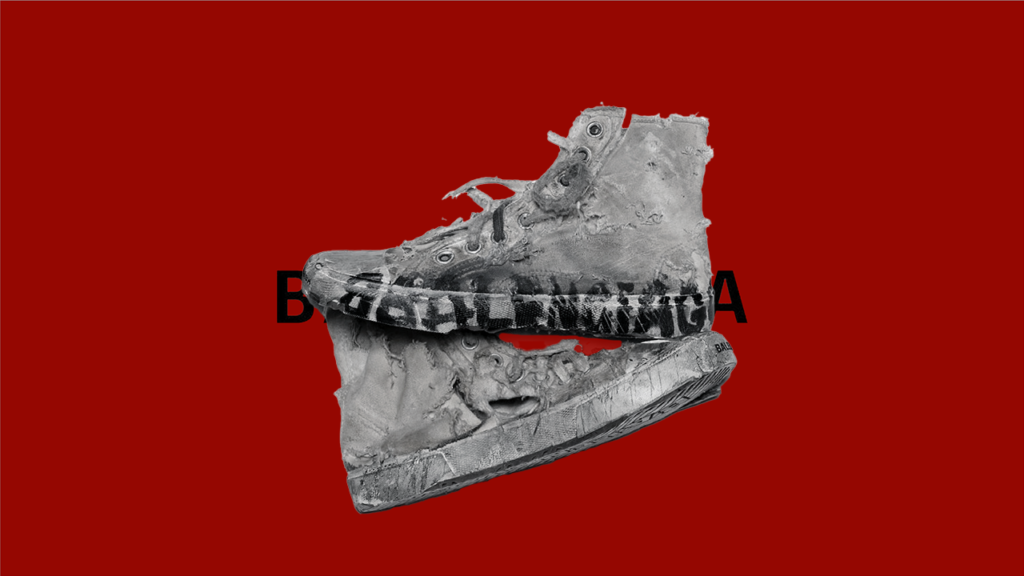From dropping YE to dropping a $25 million lawsuit against North Six, Balenciaga’s marketing saga has some important lessons for brand marketers.
Lesson One: Influencers’ Power Goes Both Ways
When Balenciaga ended its collaboration with Kanye West (now known as Ye), it was the first company to do so after the musician’s controversial comments launched a firestorm of controversy. Their previous work together—which included the rapper opening the brand’s Summer 2023 show—had placed Ye at the core of the brand’s new marketing ethos, which has highlighted diverse and avant-garde artists such as Ikeuchi Hiroto and attempted to appeal to younger demographics with a 3D Fortnite digital billboard collaboration. Gen Z is a core demographic for Balenciaga, with luxury consignment platform TheRealReal reporting that the brand showing the greatest increase in demand among shoppers was Balenciaga, with a 41 percent gain.
Despite inflation, luxury brand sales—including Balenciaga’s—have been surging online and in flagship stores, and Gen Z shoppers are predicted to drive luxury goods sales growth from now until 2035. That means a misstep with an influencer can do more than compromise brand values; it can alienate a key demographic likely to be critical to long-term growth. In that sense, influencers have enormous power over the brands they represent. Consumers assume that marketers complete due diligence before establishing a relationship with a celebrity. That can cost brands audience loyalty, especially with Gen Z, 68 percent of whom believe celebrities should face the consequences for harmful statements or actions.
Lesson Two: Brand Affinity Only Lasts Until Your Next Tormented Teddy
“I want to personally reiterate my sincere apologies for the offence [sic] caused and take my responsibility,” stated Balenciaga CEO and president Cédric Charbit in a statement on Instagram. “At Balenciaga, we stand together for children’s safety and do not tolerate any kind of violence and hatred message.”
That message from Charbit regarding Balenciaga’s controversial campaign featuring, among other things, a sad-faced toddler displayed on a bed next to Balenciaga accessories and a dollar store shopping bag, came after the company dropped its lawsuit against the agency that developed the campaign. The campaign’s furor was not simply directed at the content of the images but also at the fact that it skated very close to real issues of vulnerable people, including children, who are regularly bought and sold online using social media, per the BBC.
After initially announcing plans to investigate the incident and sue the creative agency attached, the brand issued a statement on Instagram detailing its plans to review “[each] concept from ideation to final assets.”
Lesson 3: Build Back Smarter—Not Just Better
While Olivia Pope on ABC’s Scandal used a mix of black hat and white hat tactics to repair individuals’ PR disasters, brands can’t really take a shortcut to brand reputation redemption. Companies that earn hundreds of millions per year don’t seem credible when they shift blame to forces (or agencies) beyond their control. Successful brand marketers know that the brand will be held responsible for all of it—from concept to execution—even if dozens of people (or only one) take a look at the final product. But saying sorry and promising to be better is not enough. Consumers want to know this was a lesson, not a fluke. That means presenting a pathway to change and a map showing how the snafu happened and why it won’t happen again. Change means structure, steps, and safeguards—something Balenciaga outlines in their post. It won’t help readers unsee those scared preschoolers, but it’s a start.

